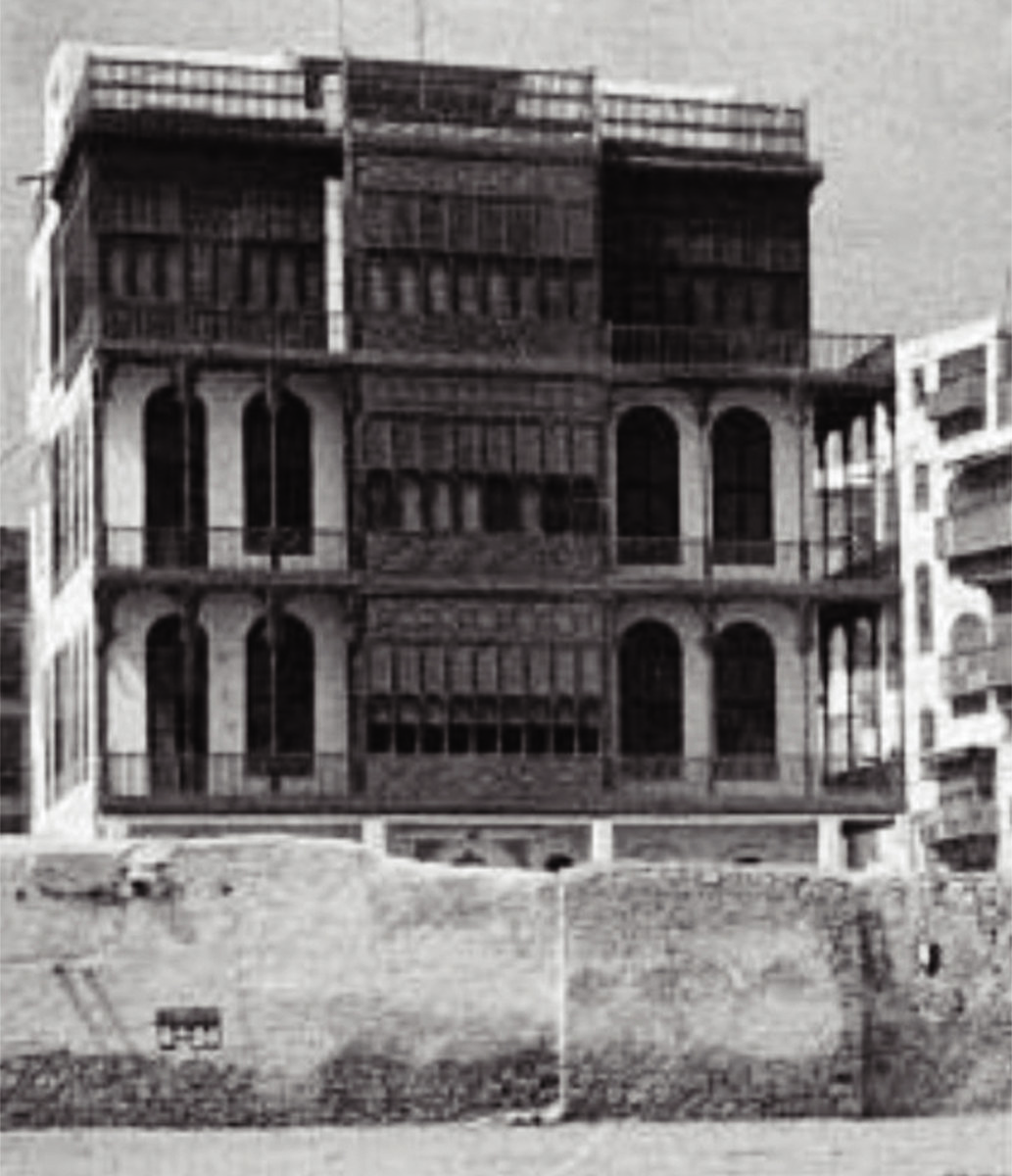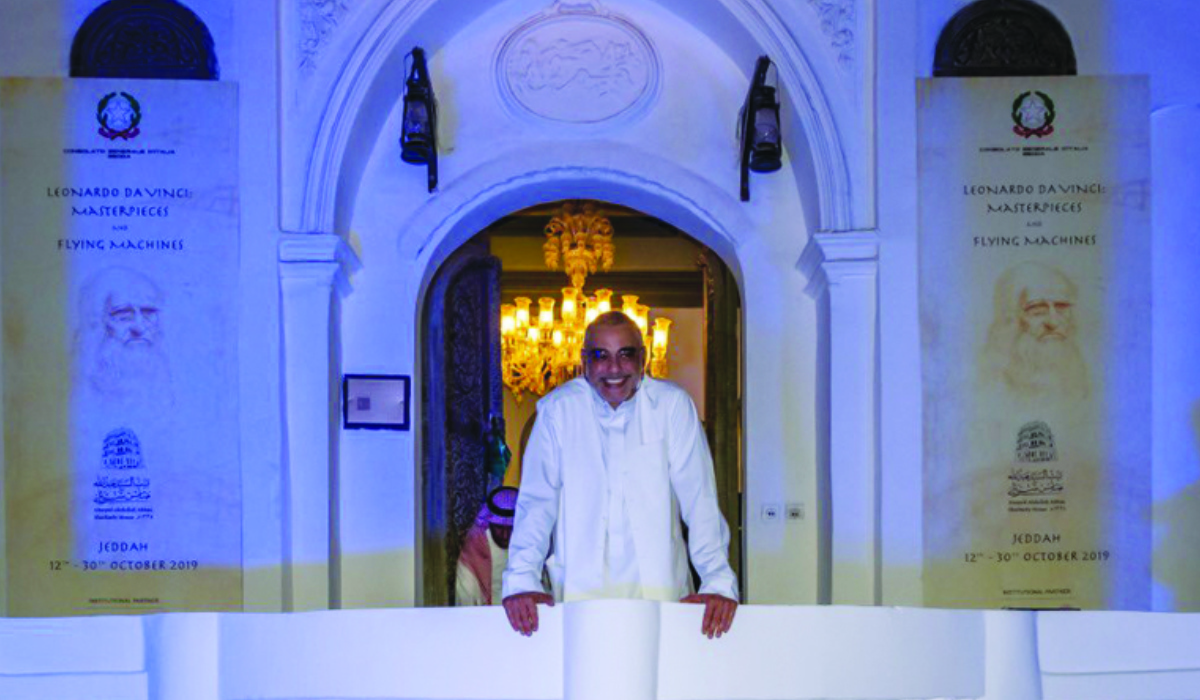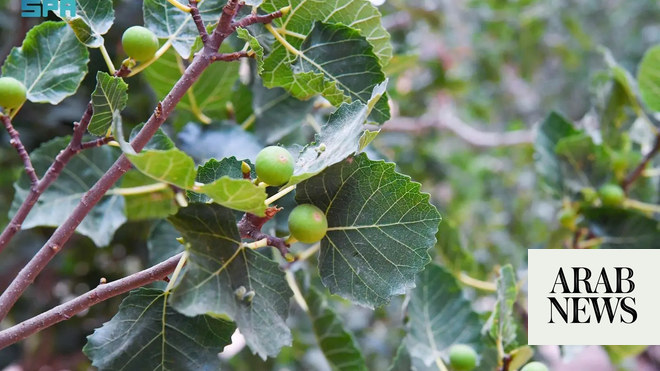Jeddah: One of the oldest buildings in Jeddah’s historic Al-Balad district, the 19th-century Sharbatly House has been transformed into a centre hosting cultural, literary, artistic, scientific and intellectual events.
The renovation was carried out by businessman Seifalah Sharbatly, grandson of Abdullah Sharbatly, who sought to modernize the building while preserving its character, foundations, interiors and original brick walls. New materials were imported from countries including Sweden and Egypt, meeting strict heritage preservation standards.

Seifala Sharbatli shared that the restoration of the Sharbatli House took place before Al-Balad became a UNESCO World Heritage Site. (provided)
Sharbatli told Arab News that every tile in the historic building is connected to its heritage. “You can see on the back of the tiles that it says ‘Made in Hejjaz,’” he said. He added that it took a long time to find antique tiles of the same shape.
He put his heart and soul into every detail of the project, aiming not only to restore the building, but also to revitalize it and transform it into a cultural center.
Highlight
• Many of the area's historic houses were abandoned until the Ministry of Culture led a project to revive Albalad and turn its heritage into a tourist attraction.
“The idea to build a cultural house came from my passion for art, culture, poetry and my desire to preserve the historic building my grandfather left behind,” he said. “The idea came to me when I visited my house in 2013. Some parts, including the ceiling, were abandoned and collapsed, gathering dust.”

The Ministry of Culture led a project to revive Al-Balad and turn its heritage into a tourist attraction. (Provided)
Soon after, he approached his father and proposed a major renovation of the property to bring it into the 21st century, and his father agreed.
Sharbatly said the work took a long time. “I thought it would take about three years to complete the renovation, but it took seven.”
The restoration took place before Al Balad was designated a UNESCO World Heritage Site.
The idea to create a cultural center came from my passion for art, culture, and poetry, as well as my desire to preserve the historical buildings my grandfather left behind.
Seifala SharvatliSaudi businessman
“We were ahead of the curve in preserving the heritage program in this area,” added Sharbatly.
The four-story building located in Al-Baya Square was built in the late 19th century by Al-Sharif Abdul-Lilah Mihana Al-Abdali. It was later sold to Abdul-La Sharbatli and became his family home.
It served as the headquarters of Saudi Arabia's Egyptian mission and was an important point of contact for Egyptian traders and businessmen arriving in the kingdom through the port of Jeddah for some 30 years.
“After I restored the house to the best of my ability, I didn’t want it to be like other historic homes in the area, most of which have become museums,” Shabatli said. “So I wanted to bring attention to the house and bring back the sparkle that it had almost lost over the years, to make it different.”
Sharbatly said he wanted to promote Saudi cultural identity through this house.
“Our vision for the House of Culture is to be a home for all artists, from professionals to amateurs, established artists to emerging artists, traditional artists to contemporary artists,” he said.
Many of the area's historic homes were abandoned until the Ministry of Culture led a project to revive Albalad and transform its heritage into a tourist attraction.
“This ministry initiative is not just about creating a tourist destination, but about bringing our generation and their children back to what was once the heart of Jeddah,” Sharbatly said of the effort.
“It was a wonderful initiative to revive this area, restore it to its glory days and regain its charm and importance as a cultural destination.”
When the Ministry of Culture took over the area, Sharbatly sat down with officials and presented his vision and long-term plans.
Then he moved on to a new, more ambitious project. “The house has become one of our most popular cultural attractions,” he added.
The Sharbatly House project has played a significant role in raising awareness of the Kingdom’s cultural heritage among both locals and international visitors. To continue this passion for cultural promotion, the graduate student from the American University in Cairo is looking to expand his vision by creating a large cultural district in Al Balad.
“One day, I want to make my home as big as the El Sawi Cultural Center, which is considered one of the most important cultural spaces in Egypt,” said Sharbatly.
He also revealed a new mission: “I am currently negotiating with Saudi officials to save my other grandfather's house in the Al-Ruwais area.
“Unfortunately, this house is going to be demolished along with other buildings. I'm trying to persuade them not to demolish it because it's a historic house and it has value and it can be preserved and promoted.”
